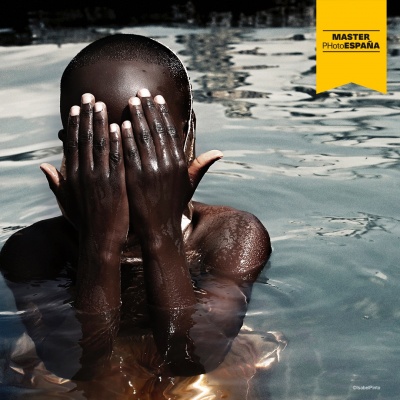Descripción de la Exposición
In our contemporary society, the concept of borders as geographic demarcations with political and economic ramifications is evoked frequently. Some of the artists in this exhibition such as Hugo Crosthwaite and David Taylor make work that directly addresses the multifaceted and complex border region between Mexico and the United States, while others deal more broadly with issues of displacement. No matter how tall or wide the physical barrier between the United States and Mexico grows, cultural influences will continue to migrate, permeate, and even ignore physical boundaries. Beyond the US/Mexico line other borders and their political and economic influences shape societies-these perimeters can hinder the paths of tourists, immigrants, and most poignantly, refugees. The lines that are drawn between one nation and another can be reformed, the physical boundaries that are built can be traversed, and the creative ingenuity of artists who embody liminal spaces between multiple cultures cannot be denied. The artists in the exhibition like Gajin Fujita and Sandra Ramos make work that relate distinctive cultural signs, symbols, and/or journeys. A number of works emphasize cultural colonialism and appropriation, while others address immigration, alienation, isolation, and hybridity. Certain works in the exhibition construct new narratives, while others deconstruct myths.
"The notions of ethnic and cultural identity, borders and boundaries, and the sense of belonging brought forth by the exhibition are extremely timely in this election year; we are proud to explore them through artistic expression, and to highlight their importance in the context of our mission as a college art museum," states Ena Heller, director of the Cornell. Inspired in part by the Alfond Collection of Contemporary Art part of the museum's permanent collection, the exhibition looks at multiple manifestations of displacement. As a global existence is reinforced, displacement of symbols can occur. As a product of physical movement across borders, for some liminality becomes a powerful reality. Curator Amy Galpin explains, "I wanted to create a show for our community that melds my interest in artistic movement across the Mexico/U.S. Border, but that also provides a space to think about immigration and the power of cultural symbols to usurp political boundaries. The issues and themes related to this exhibition have been on my mind since I first began studying art, but as the 2016 U.S. presidential race gained momentum and the struggles of refugees from diverse places such as Syria and Central America became more apparent, I desired to produce a show that provided a space for contemplation and discussion about cultural hybridity and the human toll of migration."
Works from the permanent collection of the Cornell Fine Arts Museum will be accompanied by major loans. Artists in the exhibition include Hectór Arce-Espasas, Shimon Attie, Rina Banerjee, Hugo Crosthwaite, José A. Figueroa, Gonzalo Fuenmayor, Gajin Fujita, Meshac Gaba, Alfredo Jaar, Rima Jabbur, Richard Mosse, Shirin Neshat, Rubén Ortiz-Torres, Josué Pellot, Sandra Ramos, Wanda Raimundi-Ortiz, and David Taylor. New works not previously exhibited by Orlando-based artists Jabbur and Raimundi-Ortiz will be presented. A new installation by Arce-Espasas, based in New York, and Pellot, based in Chicago, will also debut with the opening of the exhibition.
"Displacement: Symbols and Journeys" will be accompanied by a small publication that includes interviews with artists Hugo Crosthwaite, Wanda Raimundi-Ortiz, Gonzalo Fuenmayor, and Sandra Ramos and an introductory essay by curator Amy Galpin. Recent Rollins College alumna Leah Sandler '15 and current student and Fred Hicks Fellow Meghan Beck '17 assisted with the publication.

Premio. 13 mar de 2025 - 27 abr de 2025 / Madrid, España
Componer Saberes para imaginar y construir futuros sostenibles

Exposición. 03 abr de 2025 - 07 sep de 2025 / Museo Guggenheim Bilbao / Bilbao, Vizcaya, España

Formación. 28 abr de 2025 - 18 jul de 2025 / Spaces - Las Cortes / Madrid, España